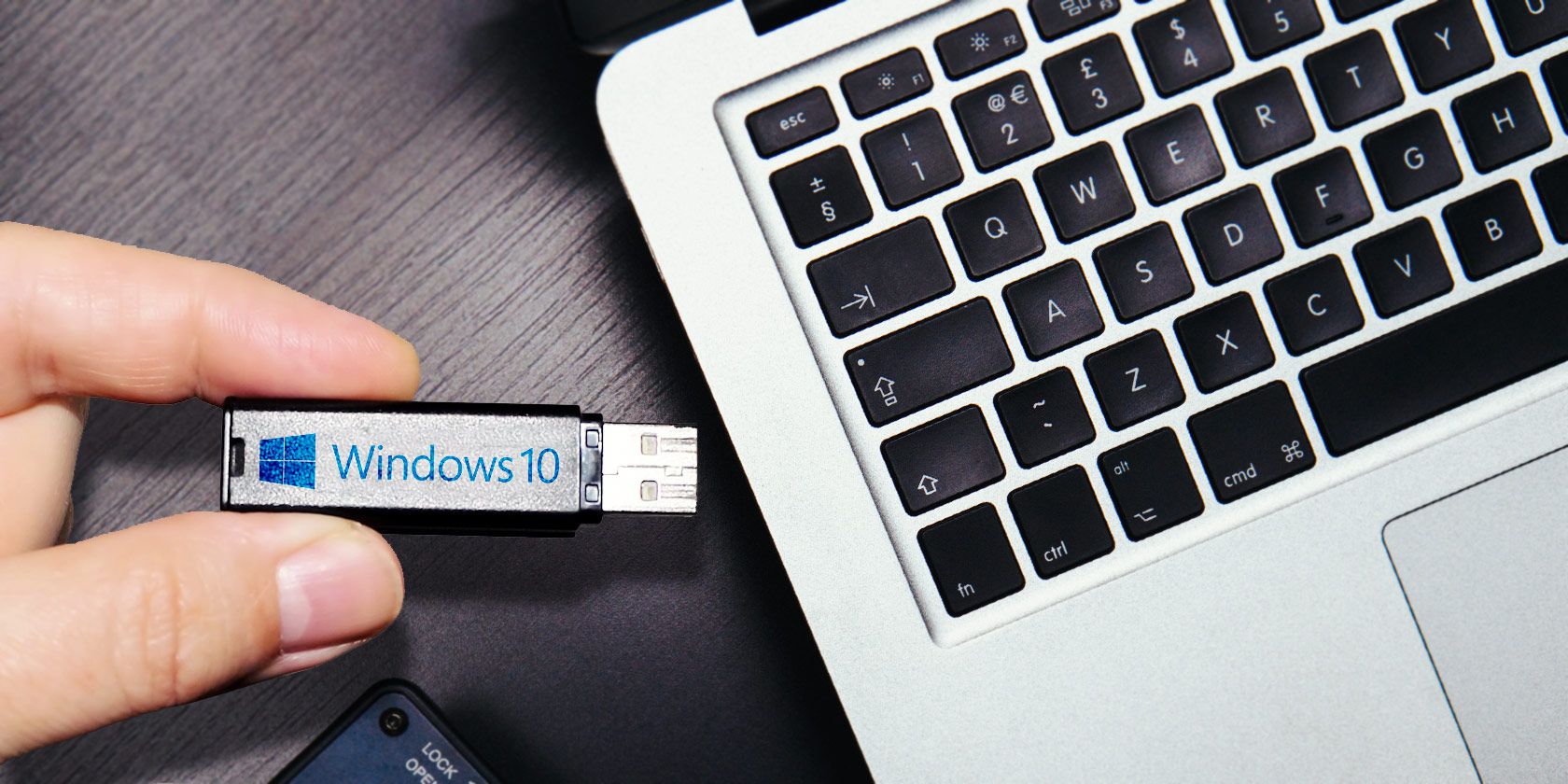

- Configure a usb drive for pc from mac how to#
- Configure a usb drive for pc from mac windows 10#
- Configure a usb drive for pc from mac windows#
We have guides for Windows and MacOS in case you need a helping hand. Make sure you back up anything important before beginning the formatting process.

Configure a usb drive for pc from mac windows 10#
It’s not the ideal solution - we get it - but it works nonetheless.īefore digging in, select a primary format you’ll use the most: MacOS Extended if you primarily use Mac with a secondary exFAT partition, or NTFS if you mainly use Windows 10 with a secondary exFAT partition.įinally, formatting deletes all data stored on the drive. That said, our guide splits the external drive in half: One primary section capable of storing files larger than 4GB, and a secondary section capable of sharing files between MacOS and Windows 10. If you want to save larger files, you’ll need to create a second, dedicated space using a format optimized for MacOS (Extended) or Windows 10 (NTFS). That puts you in a peculiar pickle, limiting any shared file between the two platforms at 4GB or smaller. Meanwhile, the NTFS system used by Windows 10 supports large files, but this format can’t be read natively by MacOS. However, this format doesn’t support larger files, which can be problematic for transferring 4K videos and so on between Macs and Windows 10 PCs. It’s a simpler, universal method if every file you store is less than 4GB in size. It’s a split, niche scenarioĪ quick Google search may lead you to believe you’re on the right path by formatting the entire drive with Extensible File Allocation Table, or exFAT. Both computers have the necessary tools to help you partition a new drive once you have it connected. In this case, you can partition your drive so that part of it works properly with MacOS and part of it works properly with Windows.

You can “partition” your hard drive, or divide it into different sections with different rules and functions. Today, if you buy a new external hard drive, you may notice that working between the two is an often demoralizing task.įortunately, there is a solution. Fitbit Versa 3Ĭompatibility issues between Microsoft’s Windows and Apple’s MacOS have diminished sharply over the years, but that doesn’t mean those issues have completely disappeared. At the confirmation dialog, click the Erase button.In the Volume Format: selection box, click MS-DOS File System.Click to select the USB Device in the left panel.To format a USB stick to FAT with Mac OS: Click the X in the top-right to close the My Computer window.Click the Close button to close the FORMAT device name (drive letter) window.At the Format Complete message, click OK.IMPORTANT: Formatting will delete all content on the storaged device. In the FORMAT device name (drive letter) window, under File system, click the drop-down arrow and select FAT32 and then click the Start button.In the My Computer window, right-click on the drive icon in which the USB device appears.Click Start and then click My Computer.Connect the USB Device to the computer.To format a USB stick to FAT with Windows OS, follow these instructions: Note: These steps may vary by operating system.

WARNING: Formatting the USB device will delete all content on the device.įollow these steps to reformat the USB Device. In order to use the USB storage device for this update, it must be reformatted to the FAT12, FAT16, FAT32, or exFAT File System.
Configure a usb drive for pc from mac how to#
How to Format the USB device to other file system Please see below on how to format USB storage device to other file system. Files larger than 4GB are only supported when using the exFAT file system. USB supported file systems are FAT12, FAT16, FAT32, and exFAT.


 0 kommentar(er)
0 kommentar(er)
